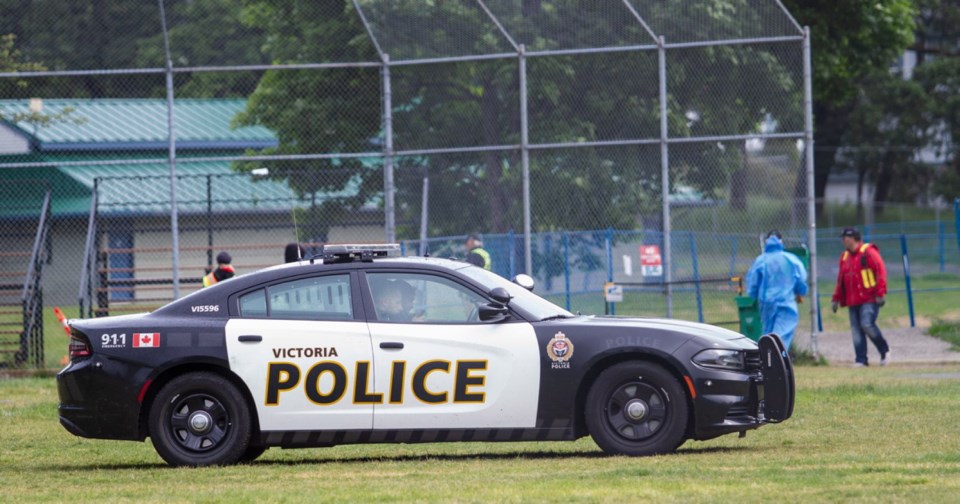Steve Woolrich is a crime-prevention practitioner and the principal of Rethink Urban’s collaborative, focusing on community safety and well-being.
We have found ourselves in the midst of chaotic times, and our Island paradise has certainly not been immune. In fact, many community issues, such as policing, have been amplified and are now being carefully scrutinized throughout our country and around the world. This is a wakeup call, and an opportunity for all citizens to become more engaged.
Many of the police services provided for municipalities are essential, they ensure public safety and, for the most part, focus on enforcement. Studying justice administration and majoring in police science introduced me to many concepts and models, including Peel’s nine principles of policing.
There is some controversy around whether or not Sir Robert Peel articulated his principles; some researchers say they were first created in 1829 by two Commissioners of London’s Metro Police Department.
The first principle states “the basic mission for which the police exist is to prevent crime and disorder.” It’s always a bit of a shocker to learn that these principles were created in the early 1800s — a blast from the past. Some police services have gone as far as to post them on their website. It’s a great reminder of history, and also how important it has become to create a new vision for the 21st century.
Dr. Chad Nilson wrote a paper titled Community Safety and Well-Being — Concept, Practice and Alignment, commissioned by the Community Safety Knowledge Alliance. This 2018 resource is something that every elected official and community leader should read, and it would go a long way in creating a solid foundation for municipalities and police services in our country to build upon.
Cal Corley, the Alliance CEO, suggests that community safety and well-being is an emerging field and a cornerstone to a paradigm shift in human service delivery, community planning and a whole-of-system commitment to reducing risk and vulnerability.
Nilson points out in the introduction that “traditionally, terminology such as crime prevention, harm reduction, safe schools, and chronic disease care, has been used by stand-alone sectors in exploring innovative health and social solutions to enduring community problems.”
The ideas that Nilson and the Alliance offer can serve as a new roadmap, one that will inspire us to collaborate more and work closely with our police services.
It has been my experience over the past three decades that policing is, in most cases, reactive, with very few resources dedicated to crime prevention. Perhaps this is why we commonly refer to the police as law-enforcement professionals, and not crime-prevention experts.
With the recent outcry for disbanding or abolishing police services it was inevitable that there would be some fallout, and many policing budgets might now be reallocated. Many critics have argued that police budgets are not sustainable.
Last week, the Edmonton police budget was reduced by $11 million and council agreed to redirect it toward community services — hopefully, prevention-focused initiatives. Councillors went one step further with a motion to create a community safety and well-being task force.
Turbulent times often allow us to discover new alternatives or embrace best practices that lead to better outcomes. Could this be an opportunity to write a sequel to the good, the bad and the ugly? These challenges we face should inspire us to rediscover our communities through a new lens of shared responsibility and integrated practices that don’t solely depend upon police resources.
Looking upstream, working toward less dependence on reactionary, incident-driven responses and refocusing our efforts and investments toward the long-term benefits of prevention, social development and improving quality of life is the key.
The Macdonald-Laurier Institute released a document in 2019 titled “Where do we draw the blue line.” It outlines how civilians and contractors can let the police do the policing. The study explores the potential for alternative service delivery for non-core policing functions in Canada. Drawing on various case studies, the author, Christian Leuprecht, highlights possibilities for partnerships and offers evidence as to its utility and performance.
When considering community safety and well-being, the conversations often seem quite fractured. Too often, communities rely entirely on the perspectives of elected officials and police when seeking community safety solutions. More voices can create new options.



